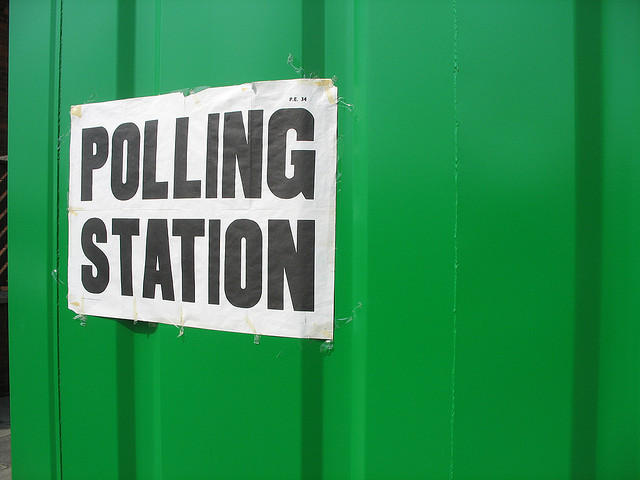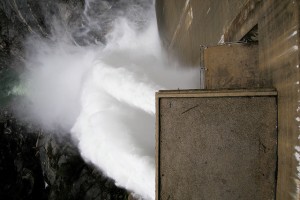Alright. Tuesday’s the day, and after penning in their choice for president, Bay Area voters will get to decide how green they’re going to go on a number of state and local ballot measures.
The future of park funding, where we get our water supplies, and what we’ll know about what’s in our food is all on the table. We here at Bay Nature are keeping track of it and bring you this 2012 green election roundup:

GMO labeling in California: Proposition 37 would make California the first place in the nation where food must be labeled if it includes ingredients from genetically modified organisms. Agribusiness is predictably against the proposition, and has thrown big cash to defeat it, claiming a label will drive up food prices as food manufacturers buy organic to avoid using scary-sounding labels. Environmentalists and organic food producers very much like the idea of differentiating their product from the swill of GMO food, and claim tampering with the genes of crops could be harmful to human health and the environment. (More Bay Nature coverage)
Oakland Zoo parcel tax: Is this a green issue? Opponents think so. Environmental groups have been lining up against the zoo’s request for a 25-year parcel tax to supposedly better the conditions in the zoo for the animals. It all comes down to Knowland Park and the zoo’s plans to expand across 54-acres to build a compound of offices and tourist facilities. The zoo says the parcel tax money won’t go towards the project, but opponents believe giving the zoo more money will definitely make it affordable and the end-game would be loss of valuable public parkland.
Marin tax for parks: Marin voters will decide on a quarter-cent increase in sales tax to pay for county parks. Measure A has been fairly uncontroversial, except for opposition by anti-tax groups. The Marin Agricultural Land Trust, which stands to gain 20 percent of the tax money or about $2 million a year, is funding the “Yes” campaign and says the money will replace a drop in state funds for things like buying up development rights to farms so the land doesn’t become housing estates.
Petaluma tax for parks: The city of Petaluma is also floating a new tax for parks and recreation facilities. Measure X would impose a $52-parcel tax over the next 15 years to improve the city’s aging parks infrastructure, from walking trails to athletic fields at local parks.
San Francisco’s parks bond: At a whopping $195 million, San Francisco’s bond measure is designed to improve some 200 city parks and playgrounds and has the backing of the city’s political elite. But the city’s parks department has built up a lot of enemies over the years among neighborhood groups and local environmental organizations who don’t believe anything good is going to come out of giving the department more money, and that the parks department still has cash from a 2008 bond it hasn’t spent. Advocates of Measure B say this may be the last chance in many years to raise a heap of money for parks. (More Bay Nature coverage)
Get rid of Hetch Hetchy reservoir? Most San Franciscans have never even been there, so remote is Hetch Hetchy reservoir that it’s been “out of sight, out of mind” since it was created nearly a century ago. But avid environmentalists have kept a debate alive over whether to tear down O’Shaughnessey Dam in Yosemite National Park, which supplies a good portion of Bay Area water and let the Hetch Hetchy Valley come back to life. San Francisco’s Measure F would launch an $8 million study into the restoration. Opponents say with climate change expected to dry up California water supplies, why create a new problem? (More Bay Nature coverage)
Santa Clara’s water tax: Another ballot measure that comes down to trust. The Santa Clara Water District is seeking to extend a parcel tax to pay for flood control, pollution cleanup and wetlands restoration. But the board is not altogether good with the public after several critical grand jury reports on district finances. Some environmentalists don’t like they way the previous parcel tax money was diverted away from fish restoration and into a fund that could be used for flood control. But audits have found that most of the money has achieved its goals, including opening nearly 70 miles of creekside trails and 500 acres of tidal marsh and wetlands. (More from the San Jose Mercury News)


